8 Minutes
Toyota’s pint-sized Land Cruiser returns — but not for everyone
Toyota has revived a beloved nameplate with the all-new Land Cruiser FJ, a compact, body-on-frame 4x4 that channels the spirit of the FJ Cruiser in a much smaller package. It’s a deliberate throwback wrapped in modern engineering: rugged, simple, and built for real off-road use. What makes the FJ especially fascinating — and frustrating for some buyers — is that Toyota plans a tightly limited global rollout. The U.S. and much of Europe are excluded from initial markets, leaving this charming off-roader available primarily in Japan and select markets across Southeast Asia, the Middle East, Africa, and Latin America.
Design and character
From the moment you see it, the Land Cruiser FJ telegraphs intent. The silhouette is short and upright, with boxy Fender lines and a face that tips its hat to the retro FJ Cruiser rather than trying to be subtle. In the compact form factor, it borders on ‘kawaii’—cute but capable—combining friendly proportions with purposeful hardware: short overhangs, visible rocker protection, and a roofline that suggests cargo flexibility.
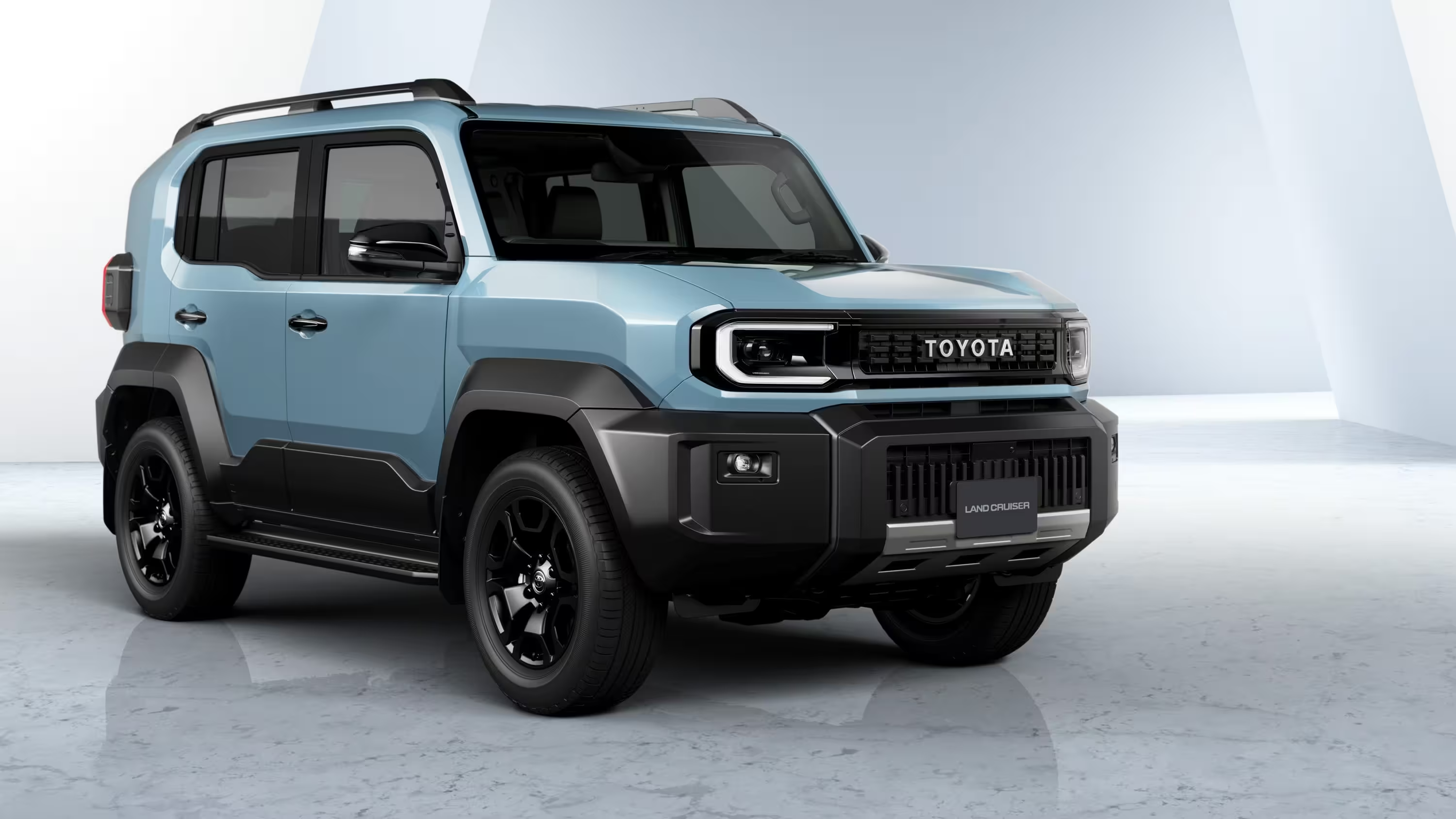
This is a small SUV that looks like it belongs on narrow, rocky trails rather than polished urban boulevards. Designers clearly prioritized function: approach and departure angles, underbody protection, and a stance that promises nimble off-road manners.
Key specifications
- Wheelbase: 2,580 mm (101.6 in)
- Engine: 2.7-liter turbocharged four-cylinder gasoline
- Output: 161 hp and 246 Nm (181 lb-ft) of torque
- Drivetrain: selectable 4WD with front-wheel-only mode for economy
- Transmission: six-speed geared automatic (no CVT)
- Architecture: body-on-frame derived from Toyota’s IMV platform (shared lineage with the Hilux)
Those numbers may sound modest on paper, but in a compact, lightweight chassis they translate to spirited, usable performance off-road and confident behavior on narrow backroads. The selectable 4WD is a mechanical system rather than an on-demand electronic AWD. That distinction matters for buyers who want predictable torque distribution and the robustness that comes from a proper transfer case.
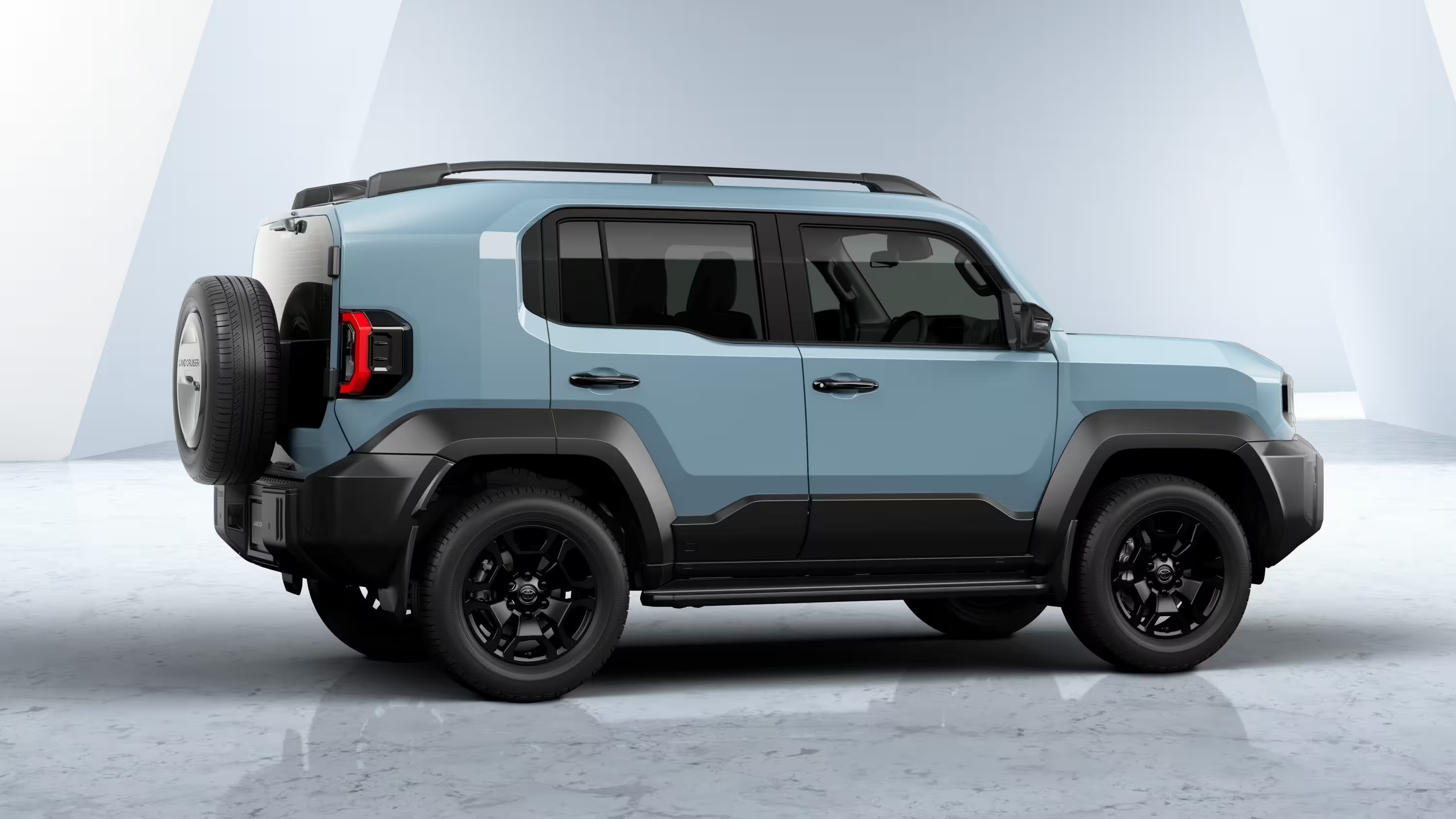
Why the mechanical bits matter
Two features stand out for enthusiasts: the traditional geared automatic transmission and the body-on-frame construction. Toyota chose a six-speed geared automatic instead of a CVT, and that’s meaningful for an off-roader. A geared box gives better engine braking, clearer ratio steps for crawling, and generally a more durable, serviceable layout for hard-use scenarios.
The body-on-frame IMV platform — the same family that supports the Hilux pickup — gives the FJ strength and repairability. It’s a tried-and-true architecture for global markets where roads are rough and durability counts more than showroom polish.
On- and off-road manners
With a relatively short wheelbase and a torque-rich but modest powertrain, the FJ promises nimbleness on forest tracks, beach approaches, and mountain trails. Toyota’s implementation of selectable 4WD means you can switch to front-wheel drive for commuting and highway efficiency, then lock into 4WD when the trail starts. For those who care about real capability over buzzword-equipped crossover tech, this is a welcome approach.
Inside, expectations are sensible: an infotainment screen with a wide aspect ratio, a digital instrument cluster, adaptive cruise control, and durable rubberized floor mats for muck and water. There are hard-touch plastics visible in places, but that fits the FJ’s utilitarian mission — prioritizing function, low cost of ownership, and long-term durability over premium trim materials.
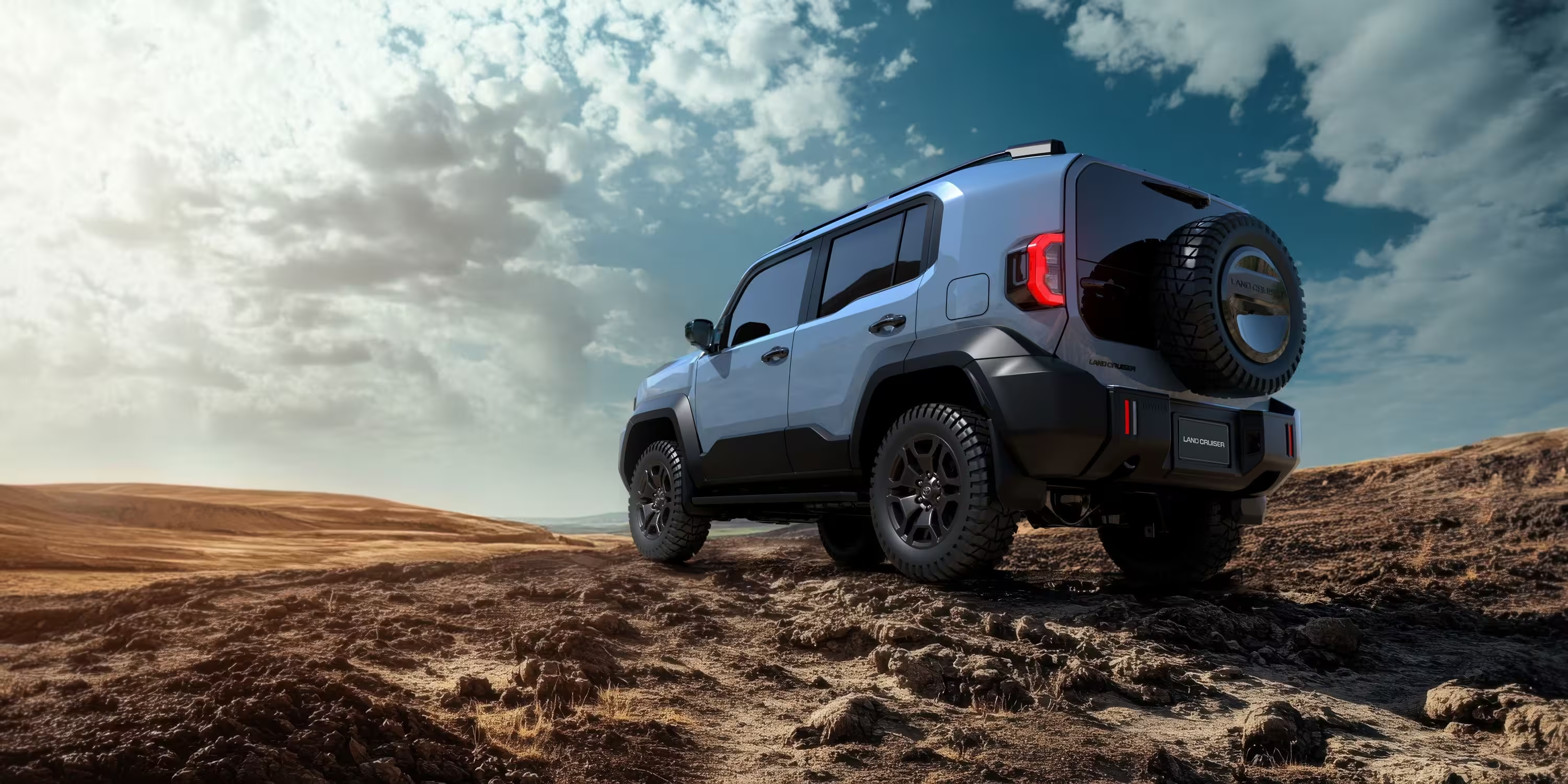
Markets, limitations, and the region-lock debate
Perhaps the most controversial aspect of the Land Cruiser FJ is its limited availability. Toyota’s initial distribution excludes the United States and most of Europe. Officially, the rollout is targeted at Japan and a selection of markets across Southeast Asia, the Middle East, Africa, and Latin America.
Why exclude large markets? Several factors are likely at play:
- Regulatory hurdles: crash-safety and emissions standards in the U.S. and Europe might require significant re-engineering for this compact platform.
- Strategic pricing: Toyota likely sees higher margins selling larger, higher-trim Land Cruisers (and other SUVs) in North America and Europe.
- Market fit: some markets still value compact, affordable, off-road-capable vehicles more than others.
While some will point to safety ratings or EuroNCAP concerns as the core reason, it’s probably a mix of regulation, cost, and strategy. Whatever the cause, it stings for compact off-road fans in excluded regions.
Price and positioning
Toyota appears to be positioning the Land Cruiser FJ as an affordable, no-nonsense off-roader. Early indications suggest a price in many target markets roughly equivalent to $30,000 USD — give or take based on taxes, trim, and equipment. That puts it far below premium SUVs and frames the FJ as a practical alternative to flashier but more expensive models.
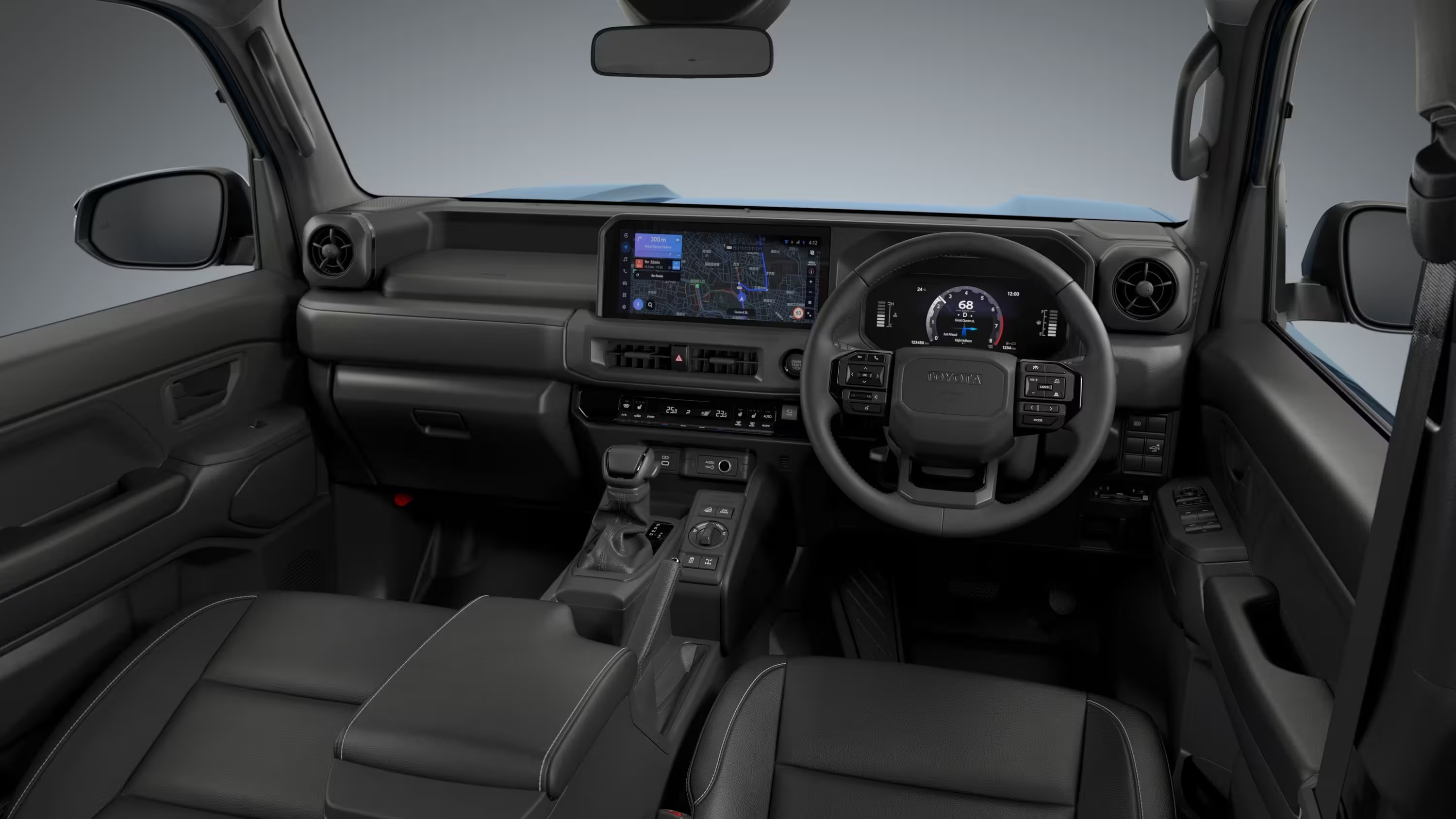
In short: an honest, compact 4x4 that doesn’t pretend to be a luxury product. Instead, it leans into the Land Cruiser ethos of capability, longevity, and sensible engineering.
How the FJ compares to rivals
It’s tempting to compare the FJ to the Suzuki Jimny, Ford Bronco (smaller variants), or even the Jeep Renegade in spirit. But the FJ’s body-on-frame construction, mechanical 4WD, and Toyota durability pedigree set it apart. It’s less about lifestyle marketing and more about usable capability.
Compared with the current Land Cruiser lineup, the FJ is the compact, purpose-driven sibling — the one that picks up where the old FJ Cruiser left off. If the larger Land Cruiser family offers two distinct lineages with separate powertrains and trim strategies, the FJ is the nimble, more affordable branch.
Highlights
- Genuine mechanical 4WD (not just on-demand AWD)
- Six-speed geared automatic transmission
- Strong off-road geometry and short wheelbase
- Affordable target price for many markets
- Tough body-on-frame underpinnings
"The Land Cruiser FJ is the kind of small SUV that keeps the brand honest — practical, durable, and unapologetically capable," reads one way to sum it up.
Final thoughts: clever, not flashy
If you want the flashiest, most luxurious SUV, there are plenty of options that will outglitter the Land Cruiser FJ. But for drivers who prize practicality, repairability, and genuine off-road capability in a compact package, the FJ looks like a near-perfect recipe. It may be small, but its combination of traditional mechanical systems, body-on-frame durability, and a sensible price point make it one of the most intriguing new off-roaders in years.
For Americans and many Europeans, the FJ will remain a tantalizing sight in photos and at overseas shows — a reminder that sometimes the best cars aren’t the most exported. For buyers in Japan, Southeast Asia, the Middle East, Africa, and Latin America, the Land Cruiser FJ offers genuine value: a fun-to-drive, no-nonsense compact 4x4 built to go places.
Whether Toyota opens the FJ to more markets later is an open question. Until then, it’s a timely lesson in how platform strategy, regulation, and market economics shape what ends up in driveways around the world.
Source: autoevolution

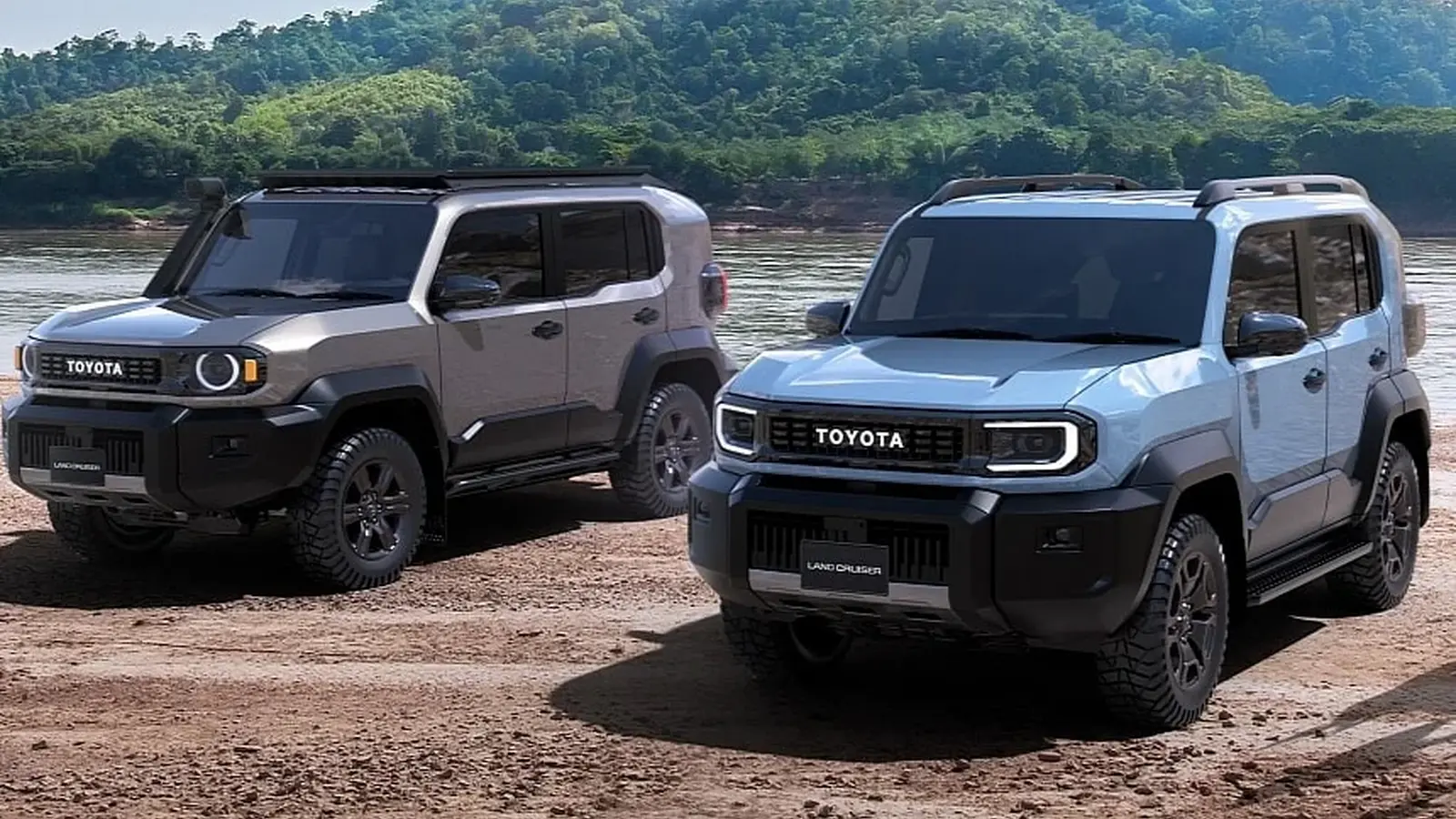
Leave a Comment